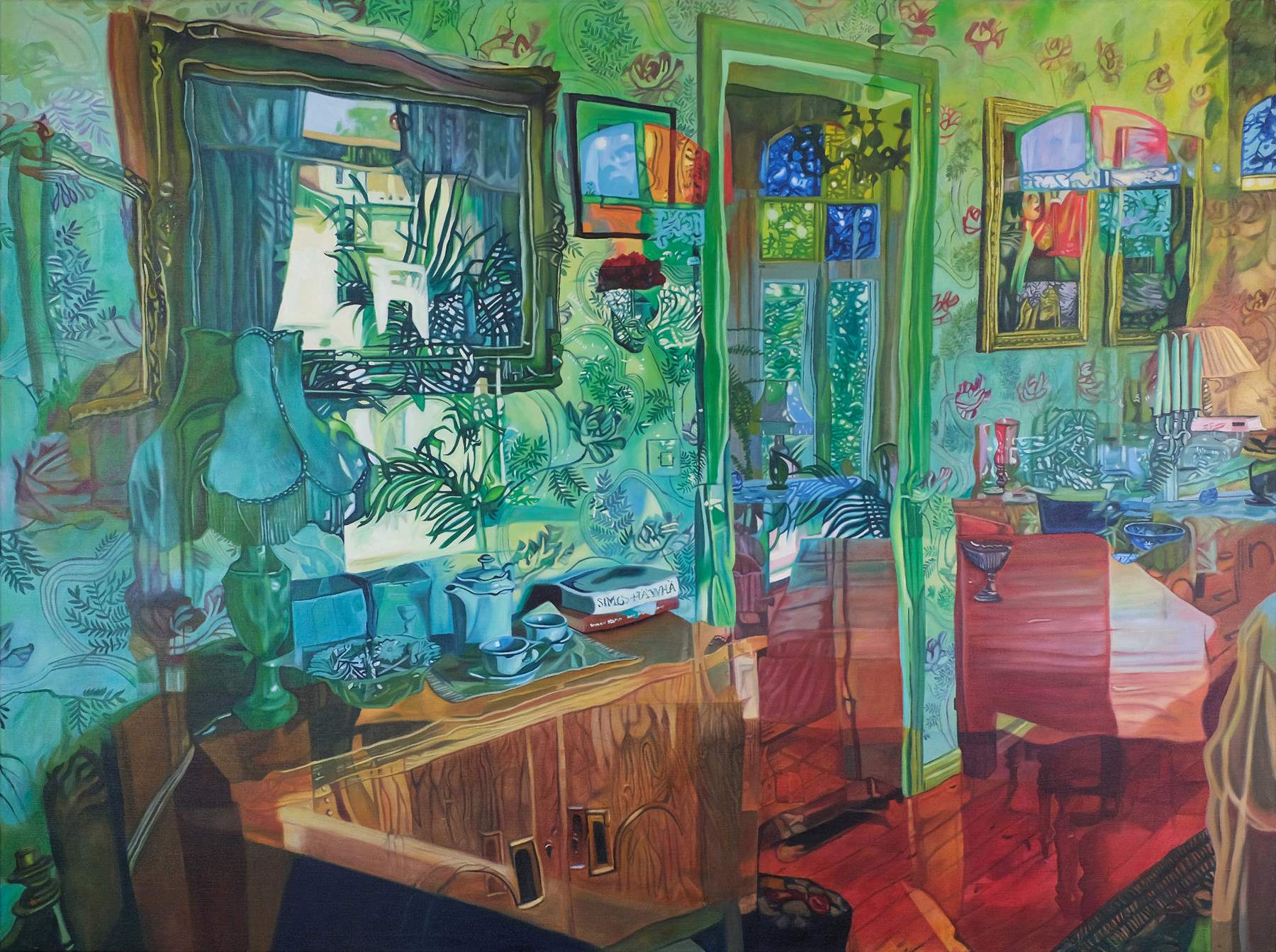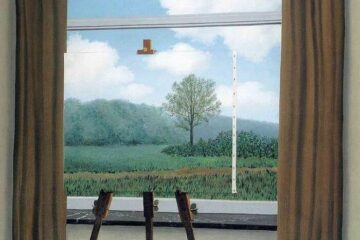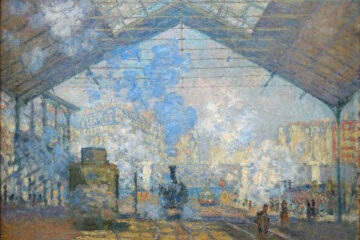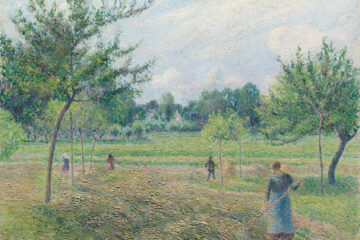When we use the wisdom of our heart and the generosity of our spirit to create space, we transform both the world and ourselves.
View the study sheet here. Recording here.

It was hard to avoid being aware of a moral shame occupying the streets of Portland when we returned here in 2019. Thousands of people were living in tents, cardboard boxes and cars on sidewalks, in parks and vacant lots. There were vigorous policy differences over how to address the crisis. Some advocated for building housing first as a pre-condition to restoring individuals onto a path of well-being and self-reliance. Others argued that resources should most immediately be spent on creating emergency shelters and social service and behavioral treatment programs. There was also an intense debate over the language used to describe those whom we encountered living on our streets: were they “homeless” or “houseless”?
Although it appears that the term “houseless” first appeared in 2008 on Twitter, the Oxford English Dictionary has noted that there was a significant increase in the use of that term in 2019.
One of the oldest organizations in Portland providing assistance to those in need is Blanchett House. Founded in 1952 by a group of University of Portland alumni, it was modeled after “Houses of Hospitality” established by the Catholic Worker Movement to aid the poor and the vulnerable.
Scott Kerman is Blanchett House’s Executive Director. On the organization’s website he provides a glossary of terms used in talking about the crisis on the streets. A “home,” he writes, describes “the personal community in which we live.” It includes “our loved ones and pets, our important or sentimental possessions and valuables, and our traditions and rituals.” It is a site of social connections, memories and personal distinction. A “house” is “the physical structure in which all this takes place.” One can have a home and not have a house.
Gaston Bachelard was a French philosopher of science who explored the distinction between the physical structure in which we live and a “home,” the space in which we experience relationships, encounter memories and exercise our imagination. “Inhabited space,” he wrote, “ transcends geometrical space.” The home is a site of dynamic relations, both with others and with oneself. In his book The Poetics of Space he writes: “The chief benefit of the home is that the home shelters day-dreaming, the home protects the dreamer, the home allows one to dream in peace.” It is where physical and transcendent realities can safely and productively meet.
Emilia Nurmivaara is a Finnish artist whose paintings are visual expressions of Bachelard’s philosophical explorations on notions of space. Through her paintings she examines physical objects in a home and “the significance they have for our soul space and dreamscape.” About her work, she writes: “To me the home is an intimate place where the interior is loaded with memories, thoughts and atmospheres.”
Pictured here is her painting Room to Dream. As we enter her canvass, what exactly are we in? Is this a space located in a discrete moment in time called “present”? Or are there layers of time co-occupying the space? A goblet protrudes from the side of a table. Multiple images vie for presence within frames on the wall. A bowl floats in the air. The ghostly image of a table-top object intervenes between us and a red vase.
Nurmivaara breathes life into an interior that could otherwise appear as static and resolved. “I want to create the illusion of a room,” she writes, “and try solving the problem between figurative and abstract imagery in a physical space. The image is built as a collaboration between reality and fantasy.”
Bachelard’s writings and Nurmivaara’s paintings are creative expressions that Newtonian physics, a triumphant construction of the Scientific Revolution and the Age of Enlightenment, no longer exclusively defines our understanding of space and time. For Newton, there is a determinative universe consisting of discrete slices of time known as past, present and future. Physical space is empirical, locational and stable. Einstein’s Theory of Relativity and quantum physics disrupted that certainty and stability.
Quantum physics has added to Newtonian separation of time into “then” and “now” and “in the future” with the observation that our experience of time is subjective and relative to our frame of reference. Stable spatial designations such as “here” and “there” can be influenced by our observations of objects. Time and space themselves are understood not as separate entities but as part of a four-dimensional continuum called spacetime. Reality consists of multiple dimensions. And those multiple dimensions can interpenetrate and make contact with each other.
In Parshat Vayakhel (“he assembled”), the Israelites seem engaged in a rather straightforward project: the construction of a space where they can worship God. Curiously, the text uses two terms to identify that space: Mishkan and Tent of Meeting.
Mishkan is derived from the Hebrew verb “to dwell.” It is the site where the Divine Presence, the infinite, would abide among the Israelites. In Jewish tradition the word Shechinah, from the same Hebrew verb, is the name for the in-dwelling presence of the Divine. In the term Tent (“ohel”) of Meeting (“moed”) the second word is built from the Hebrew verb “ya’ad,” which means to appoint a specific time or place. The project in which the Israelites are engaged is a site where the infinite and the specific, the transcendent and the physical, make contact. And the primary skills needed to construct such a point of contact are a “wise heart” and a “generous spirit.”
In this imperfect dimension that is daily life, distinctions abound…even such a severe one as having or not having a house. With a wise heart and a generous spirit we can build structures that will not only allow humans to find safe and dignified shelter but also cause the Divine Presence to dwell among us.
Join us here at 7:00 p.m. (PT) on Thursday March 20 as we explore poetic space.
Oil on linen Room to Dream by Emilia Nurmivaara








